Former actress is the face of Ballando con le Stelle
The television host and former actress Milly Carlucci was born on this day in 1954 in Sulmona, a picturesque town in central Abruzzo, about 52km (32 miles) inland from the coastal city of Pescara.
Milly Carlucci is host and artistic director of the
hit Italian TV show Ballando con le Stelle
With a career spanning nearly five decades, Carlucci has been a well-known and popular personality on Italian television since the late 1970s, establishing a reputation for elegance and professionalism and a list of credits that grew rapidly through the ‘80s and ‘90s.
But it is in her current and most enduring role, as the presenter of the pro-celebrity dance contest Ballando con le Stelle - the Italian version of the US hit Dancing with the Stars and the UK’s Strictly Come Dancing - that she has established herself as a giant of small-screen entertainment.
Having fronted the show from its inception in 2005, Carlucci is also its artistic director and project manager. Now into its 20th season, Ballando con le Stelle has become a flagship for the state television network Rai and is currently its longest-running variety show still on air.
Born Camilla Patrizia Carlucci, she was brought up in a household in which discipline was a virtue instilled in her from an early age. Her father, Luigi Carlucci, reached the rank of General in the Italian Army. Her mother, Maria, was known for her cultural refinement and interest in the arts, which helped nurture Milly’s creative instincts.
 |
| Carlucci on the set of the 2025 edition of Ballando con le Stelle |
She attended the Terenzio Mamiani high school in Rome’s Prati district, where he shone in her studies but also revealed a talent for roller skating, winning an Italian championship as a member of the successful Skating Folgore Roma team.
Carlucci enrolled at Sapienza University of Rome to study architecture, but her interest in performance and natural ability to command a stage gradually eclipsed her academic pursuits. Articulate as well as elegant, in 1972 she entered and won the Miss Teenager Italy beauty contest.
This victory opened doors into modelling and television. She also studied classical dance and took part in amateur theatre productions, honing the stagecraft and composure that would become her trademarks.
At times required to join the ranks of the showgirls that at the time were ever-present backdrop in Italian variety shows, Carlucci soon began to land presenting roles, first at the local Rome television station, GBR, and then with Rai, for whom she fronted various light entertainment shows including the Italian version of Jeux Sans Frontières. It was this show that made her famous, and she presented it for four seasons.
 |
| Carlucci enjoyed a brief career as a pop singer in the 1980s |
Blessed also with a beautiful singing voice, she was briefly a recording artist as well, releasing a number of pop singles and two albums in the 1980s.
However, it was television hosting that has truly defined Carlucci’s legacy. Apart from a few years in the 1980s when she worked for Silvio Berlusconi’s Fininvest networks, she has been a fixture on Rai for the best part of five decades, with a long list of successes from the popular game show Scommettiamo che...? (Shall we bet that…?), which she co-hosted with the late Fabrizio Frizzi, to the more recent Il cantante mascherato, the Italian version of The Masked Singer.
She has also become established as Rai’s go-to host for special events in the entertainment world. Having proved herself on big occasions such as the Sanremo Italian Song Festival, on which she was a co-host with Pippo Baudo in 1992, she was the long-running host of the annual Pavarotti & Friends concerts (1995 to 2003), in which the great operatic tenor performed in duets with famous guests. She hosted the David di Donatello film awards in 1997 and 1998, as well as 17 editions of the prestigious Ischia International Journalism Award.
.jpg) |
| Milly Carlucci at the funeral of her friend, Luciano Pavarotti, in Modena in 2007 |
Carlucci has been the host for every series so far, until this year alongside co-host Paolo Belli, whose Big Band provides the musicians. Belli is starring in the 2025 edition as a competitor. The panel of judges includes the fashion and set designer Guillermo Mariotto, whom Carlucci has known since the 1990s and was one of the original panel in 2005. The head judge since 2007 has been Glasgow-born Carolyn Smyth, who has been a dance teacher based in Italy since 1982.
Beyond entertainment, Carlucci has also been active in humanitarian work. In 1996, she was named a UNICEF Goodwill Ambassador, using her platform to advocate for children’s rights and global development initiatives.
She has been married since 1985 to engineer Angelo Donati, with whom she has two children. Her two younger sisters, Gabriella and Anna Carlucci, have also had careers in the entertainment industry, Gabriella as a presenter, Anna as an actress, writer and director.
Gabriella also served for 12 years as a member of the Chamber of Deputies in the Italian parliament, representing Puglia.
Travel tip:
Sulmona's elegant Piazza Garibaldi includes a
section of the town's 13th-century aqueduct
Nestled in the heart of Abruzzo, Sulmona is an historic town renowned for its cultural heritage, dramatic mountain backdrop, and artisanal traditions. Surrounded by the Majella National Park, it offers sweeping views of rugged peaks and verdant valleys. The town’s origins trace back to Roman times, its history visible in ancient Roman ruins, medieval churches, and Renaissance palaces. The town’s centerpiece is the elegant Piazza Garibaldi, framed by arcades and overlooked by an imposing aqueduct built in the 13th century. Nearby, the Gothic-style Church of Santa Maria della Tomba and the Palazzo Annunziata showcase centuries of architectural evolution, the palace a rare example of early Renaissance architecture in Sulmona that survived the earthquake of 1706. Sulmona is famously the birthplace of the Roman poet Ovid, whose legacy is honoured with a statue and museum. Equally famous is its production of confetti - sugar-coated almonds crafted into elaborate floral arrangements, an Italian confectionery tradition that dates back to the 15th century.
Look for accommodation in Sulmona with Expedia
Travel tip:Its tree-lined boulevards give Rome's Prati
district something of a Parisian feel
Carlucci went to school in the Prati district of Rome, close to the Vatican and St Peter’s Basilica, which is now an affluent residential neighbourhood that is also popular with tourists for offering a relatively quiet place to stay that still provides easy access to the city’s historical centre. It has many authentic Roman trattorie as well as a host of bars and pubs. Located just north of the Vatican and west of the Tiber River, the area was developed in the late 19th and early 20th centuries, it was designed with wide boulevards and a grid layout - distinct from the winding alleys of Rome’s historic centre. This gives Prati a Parisian feel, its streets lined with stately buildings and Art Nouveau facades. Its main thoroughfare, Via Cola di Rienzo, is a hub for upscale shopping, featuring Italian fashion boutiques, gourmet food shops, and stylish cafés. Prati is also the home of the vast Palazzo di Giustizia in Piazza Cavour that houses the Supreme Court.
Stay in the Prati district with Hotels.com
More reading:
Pippo Baudo - record-breaking host of Sanremo song contest
How Maria De Filippi became one of the most popular faces on Italian TV
The former actress who became the face of Sunday afternoons
Also on this day:
1450: The death of Leonello d’Este, Marquis of Ferrara
1910: The birth of Olympic cycling champion Attilio Pavesi
1931: The birth of composer and avant-garde artist Sylvano Bussotti
1961: The birth of football coach Walter Mazzarri

.jpg)







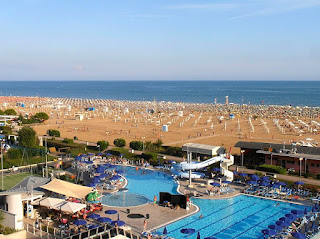
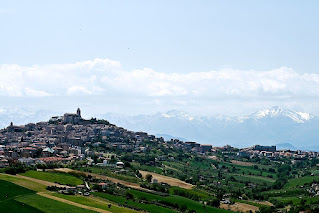
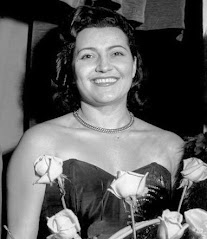

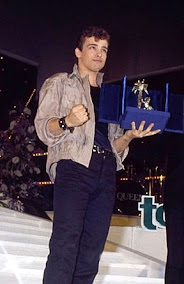


.jpg)

.jpg)
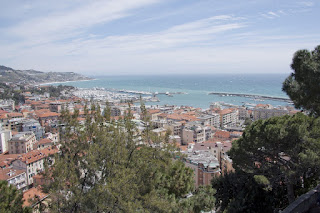

.jpg)


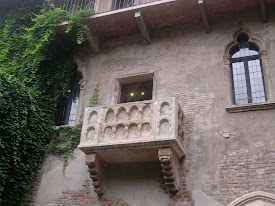
.jpg)




